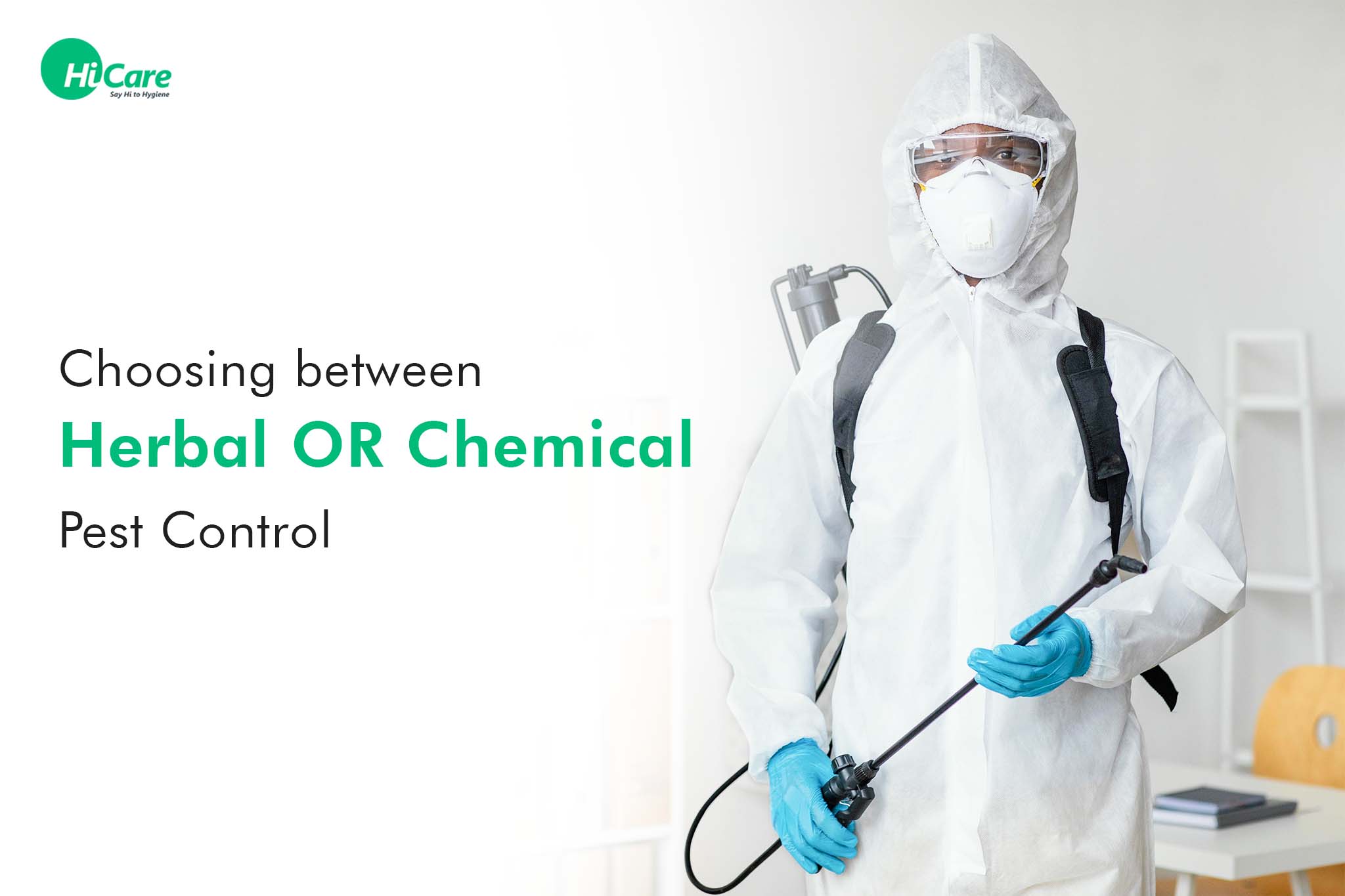Efficient Insect Control Services: An In-Depth Consider Elimination Techniques and Avoidance Procedures
In the realm of bug control services, the effective management of infestations needs a meticulous approach that incorporates various methods and actions for both eradication and avoidance. From Integrated Bug Management (IPM) approaches that focus on sustainable solutions to chemical extermination techniques made for targeted removal, the arsenal versus pests is diverse and vast. Organic control methods and physical avoidance actions offer alternative paths to successfully combating unwanted trespassers. Nonetheless, the trick to a detailed bug control strategy lies not simply in the strategies themselves, yet additionally in the precise specialist examination treatments that come before and notify them. By comprehending the ins and outs of each approach and how they interaction, one can absolutely comprehend the complexity and effectiveness of modern bug control solutions.

Integrated Insect Management (IPM) Techniques
Integrated Bug Monitoring (IPM) Strategies incorporate a comprehensive technique to pest control that concentrates on surveillance, control, and prevention techniques to efficiently take care of insect populaces. By integrating numerous techniques, IPM intends to minimize the impact of bugs while likewise reducing the reliance on chemical pesticides. Avoidance exists at the core of IPM, emphasizing methods like proper sanitation, maintenance of health, and securing access factors to prevent bugs from infesting structures.
Chemical Extermination Techniques
Chemical elimination techniques are frequently used in pest control services to successfully eliminate bug populaces that pose a risk to human health and residential property. These techniques include using different chemical substances particularly made to target and remove parasites such as bugs, rats, and other unwanted animals. The application of chemicals, pesticides, rodenticides, and various other chemical representatives is very carefully controlled to ensure maximum efficiency while lessening dangers to human beings, family pets, and the setting.
One of the essential benefits of chemical elimination strategies is their capability to provide quick and targeted outcomes, making them particularly valuable in instances of extreme problems or urgent pest control needs - portland exterminators a1 for bed bugs. Nevertheless, it is important to stress the relevance of proper handling, application, and disposal of these chemical items to avoid unplanned injury
Moreover, incorporated bug administration (IPM) strategies usually integrate chemical extermination methods with other techniques such as sanitation, environment adjustment, and biological controls to create a thorough and lasting bug control approach. By incorporating chemical elimination techniques judiciously within an IPM structure, pest control services can properly manage insect populations while reducing potential risks to human health and wellness and the setting.
Biological Pest Control Approaches
Utilizing all-natural killers and parasites to take care of insect populaces is a sustainable method recognized as organic insect control. This approach uses the natural mechanisms of the environment to manage insect populations without relying upon artificial chemicals. One usual organic control approach involves presenting natural enemies of the target insect types, such as ladybugs for aphid control or nematodes for termite infestations. These natural predators eat the pests, aiding to keep their populations in check.
Another effective biological control technique is using microbial pesticides. These are naturally taking place microorganisms, such as fungi, microorganisms, and viruses, that specifically target and infect specific pest species. By utilizing these microbial agents, pest populations can be efficiently lowered without damaging helpful microorganisms or causing damage to the environment.
Physical Parasite Prevention Steps
Implementing physical bug prevention actions involves making use of barriers and structural alterations to discourage parasites from entering or infesting a property (a1 pest control in portland oregon bed bugs). One efficient technique is sealing all potential entry factors such as gaps around doors, windows, and energy penetrations. Setting up door sweeps, screens on windows, and sealing splits in the foundation can help stop bugs like bugs and rodents from accessing indoors. Furthermore, maintaining a clean and clutter-free atmosphere is vital as parasites are brought in to food resources and hiding places. On a regular basis checking and fixing any broken displays, vents, or roofing system tiles can also help in maintaining insects out.
An additional physical avoidance action is the use of barriers like fence to keep bigger insects such as deer or raccoons away from the residential or commercial property. By applying these physical parasite avoidance actions, property owners can considerably lower the threat of parasite infestations and the damage they can create.
Professional Parasite Inspection Treatments
Performing complete and systematic parasite examinations is a fundamental element of expert insect administration protocols. Expert pest inspectors are trained to carefully check out buildings for signs of infestations, determining pest species, access points, and favorable conditions. The evaluation procedure typically begins with a comprehensive evaluation of both the exterior and interior of the facilities. This entails checking for bug droppings, chomp marks, nests, and any structural damage that might suggest pest activity. In addition, examiners may utilize specialized devices such as moisture meters and borescopes to detect hidden problems within wall surfaces or crawl rooms.

Verdict
In final thought, efficient bug control services utilize a range of methods, consisting of Integrated Pest Management methods, chemical extermination methods, biological controls, and physical avoidance actions. Expert parasite inspection procedures play an important duty in recognizing and attending to pest concerns in a prompt way. By carrying out a mix of these approaches, homeowner can successfully take care of and stop bug problems.
From Integrated Parasite Monitoring (IPM) approaches that prioritize sustainable solutions to chemical elimination methods designed for targeted elimination, the toolbox against bugs is diverse and substantial.Integrated Bug Monitoring (IPM) Methods encompass a detailed technique to pest control that focuses on surveillance, prevention, and control methods to successfully manage pest populaces.Chemical extermination techniques are commonly employed in pest control services to effectively eliminate parasite populaces that position a risk to human health and home.Using all-natural predators and bloodsuckers to handle parasite populations is a sustainable method understood as biological parasite control.In verdict, reliable pest control solutions employ a variety of techniques, including More Bonuses Integrated Pest Management methods, chemical elimination approaches, organic controls, and physical avoidance measures.